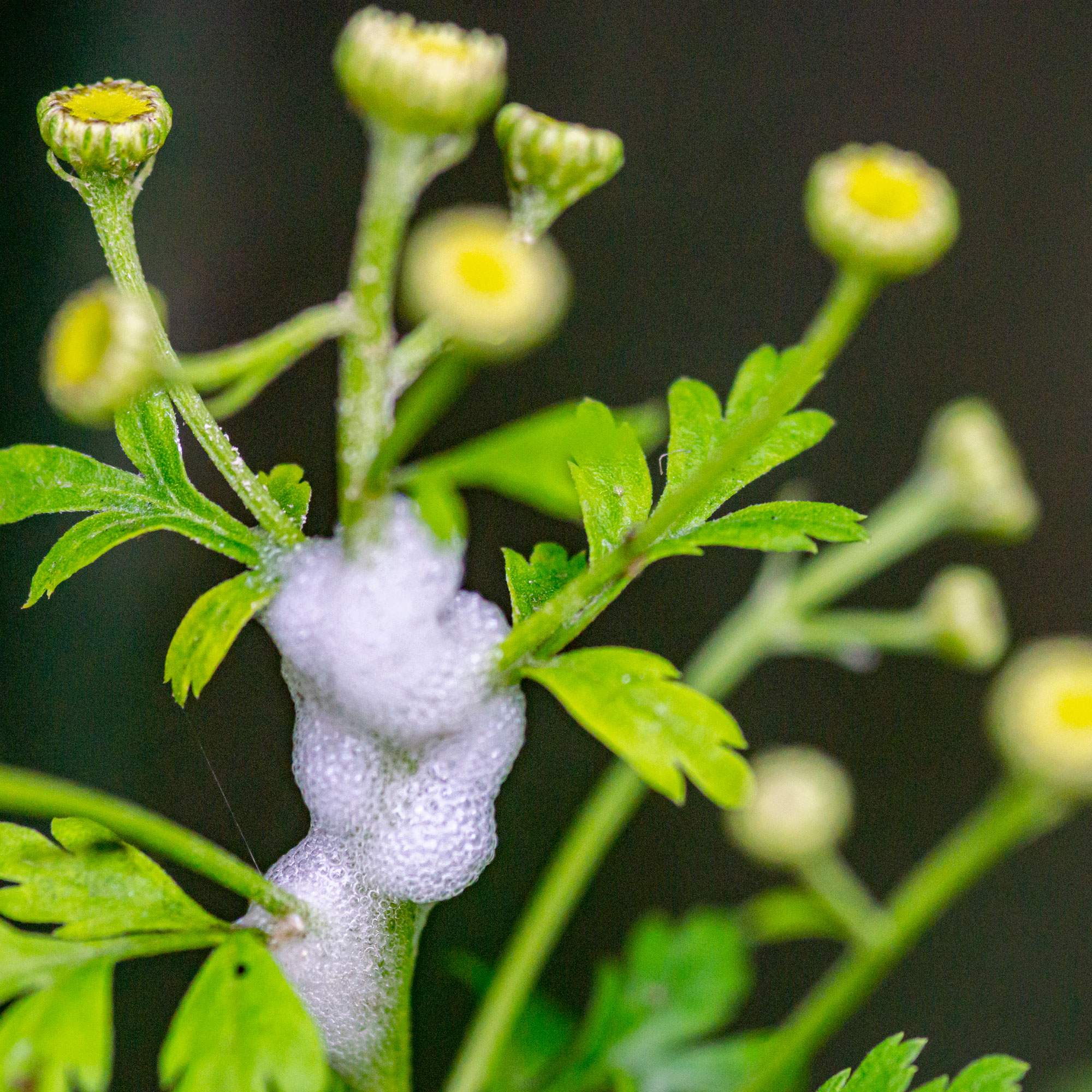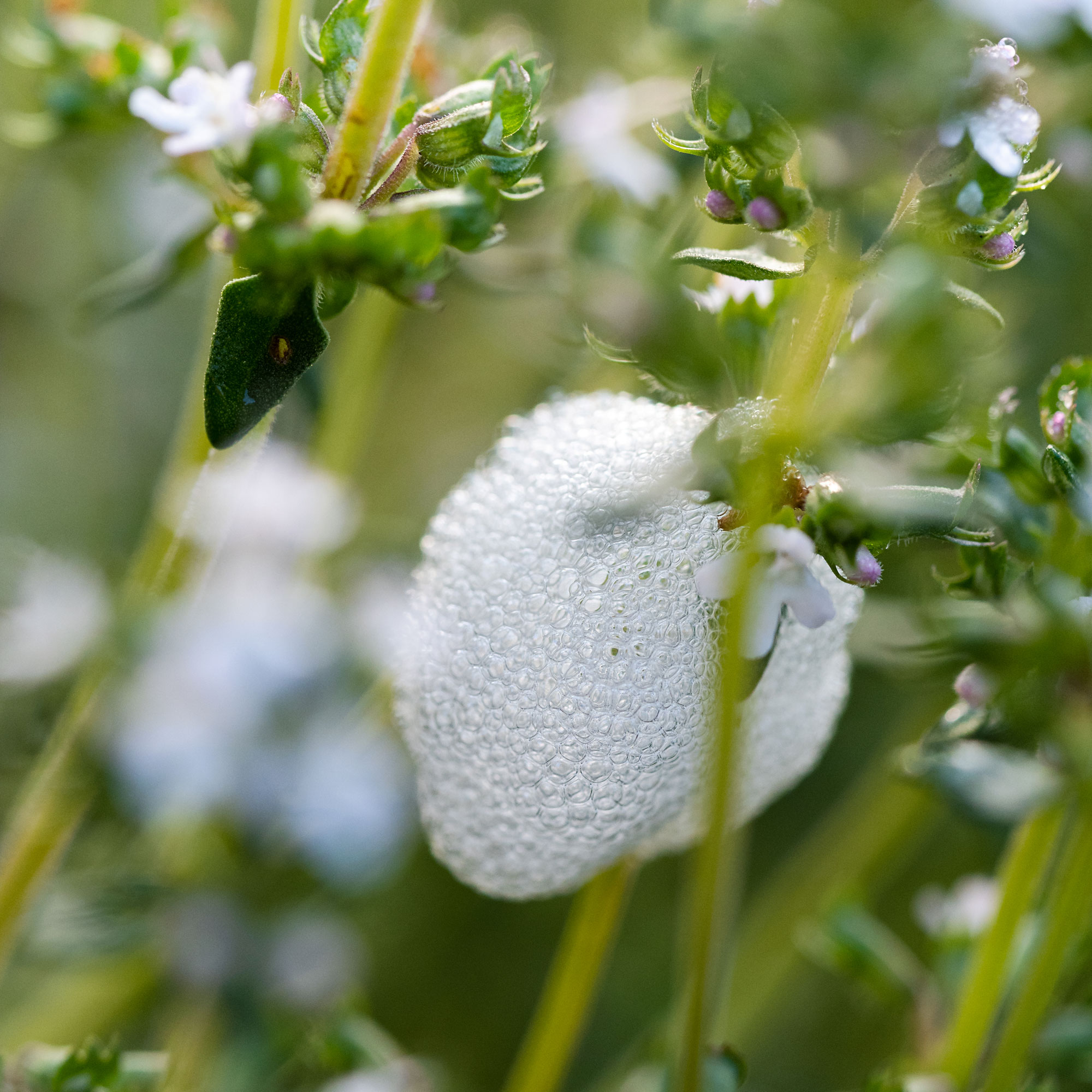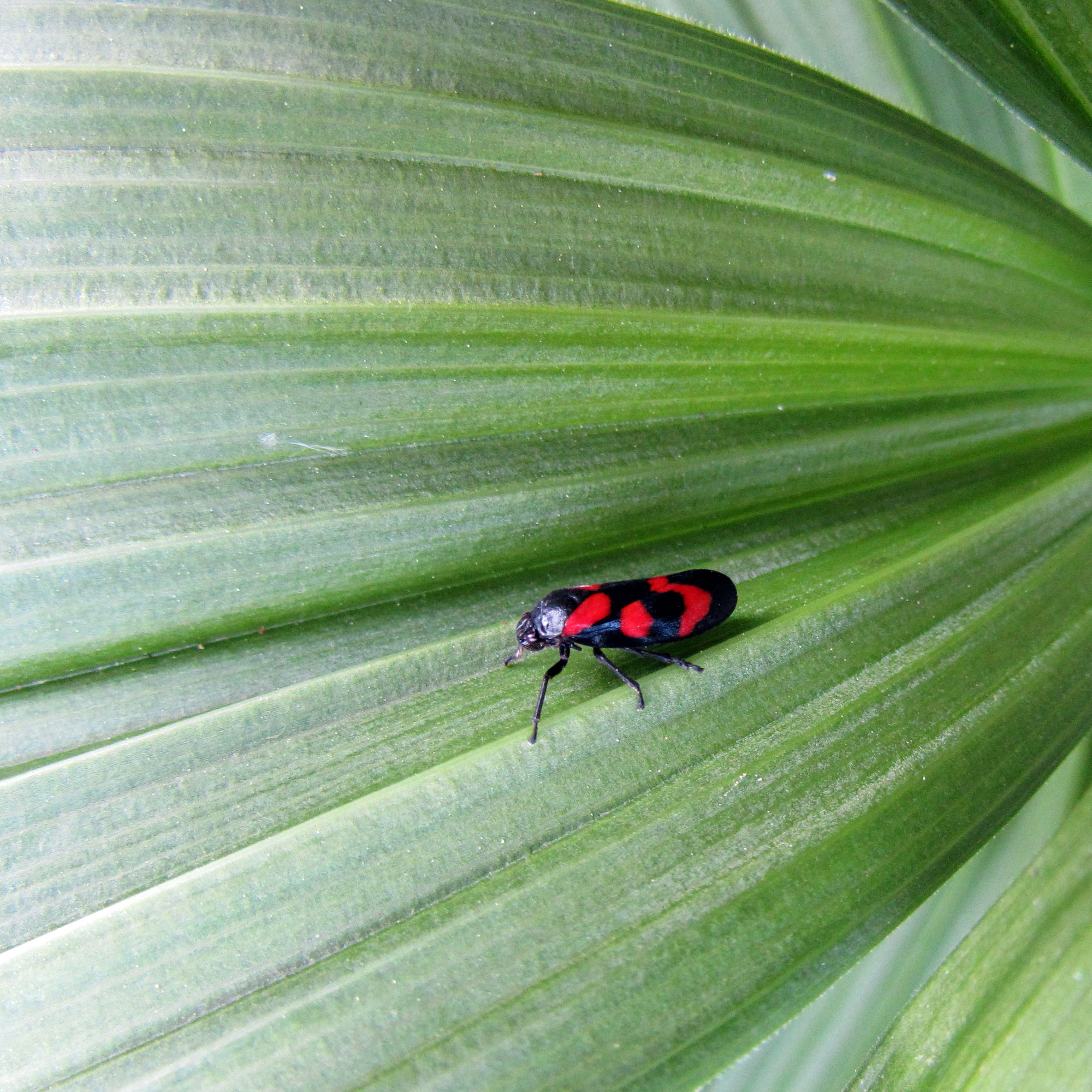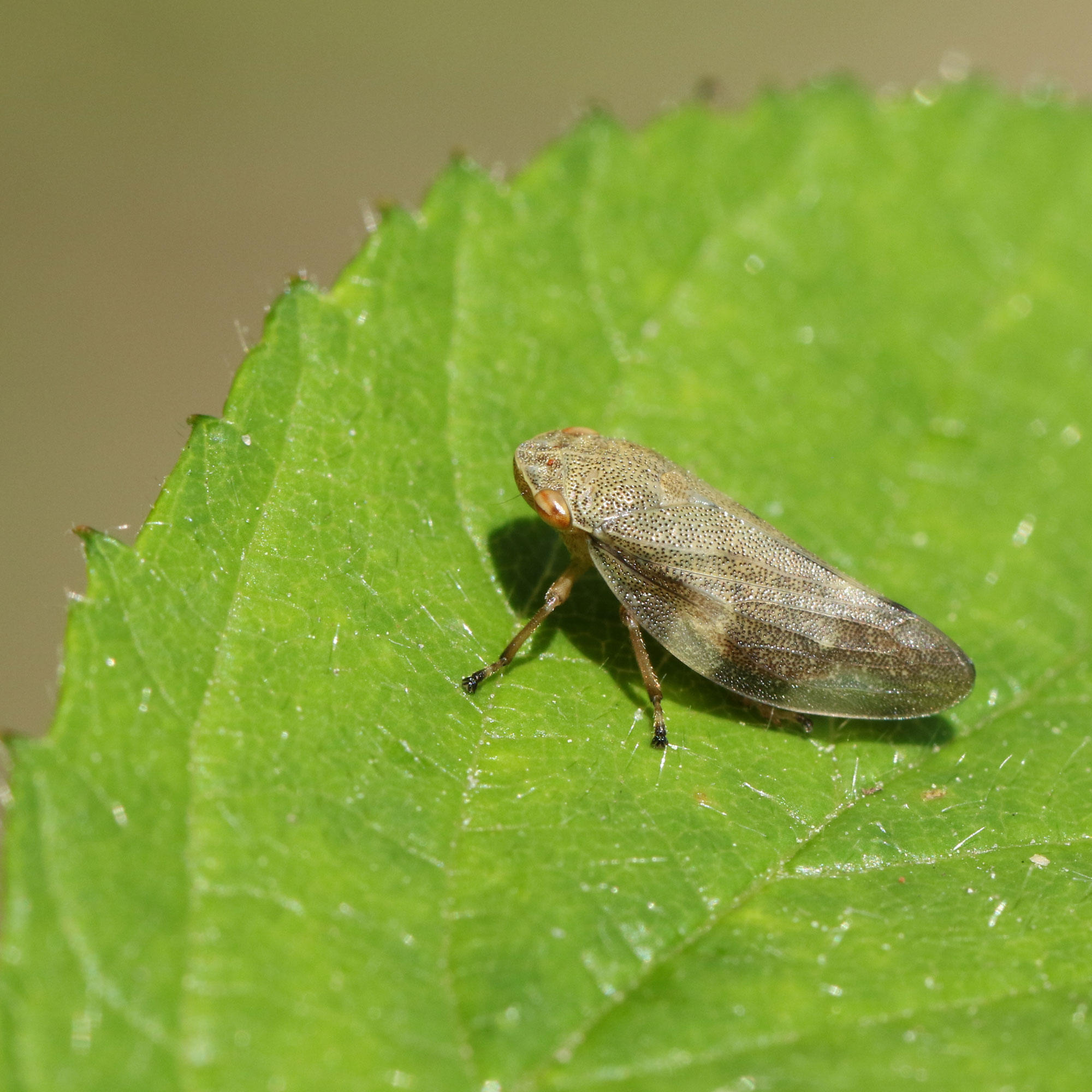
Picture this: You head out into the garden to admire all the hard work you’ve put into your outside space when you spot white froth all over your flowers and lawn. But what is this strange froth on your plants?
While you can put oodles of time, energy, and money into bringing your garden ideas to life, sometimes a curveball can knock you off your feet. Sometimes, it involves getting rid of rats in a garden, and sometimes it’s dealing with box tree caterpillars. But right now, many Brits are dealing with strange, white bubbles hanging off their plants' leaves or hidden between the blades of grass.
To help you understand what this white froth is and what you can do about it, our experts have shared everything you need to know about froth on plants and the potentially dangerous critters that are behind it.

Froth on plants from spittlebugs
Although ‘froth on plants’ seems to sum this stuff up perfectly, you might be interested to know that it actually has a name: cuckoo spit. And this cuckoo spit is spittle that’s secreted by spittlebugs, which are essentially juvenile froghoppers.
John Clifford, garden expert at Gardenstone, explains, ‘They're called spittlebugs because of the bubbles they produce to keep themselves protected from the likes of predators and other external factors. The bubbles resemble spit and are frothy.’
But what are froghoppers? Well, froghoppers are sap-sucking tree insects. Although they can fly at great heights, they tend to take refuge in long grass and overgrown plants - which is why it’s always important to keep on top of your lawn mowing calendar.

When they breed throughout the winter months, these froghoppers lay between 100 and 200 eggs in your garden - and when they hatch in the spring, the baby spittlebugs produce this cuckoo spit to keep them protected.
Morris Hankinson, director of Hopes Grove Nurseries, adds, 'Inside the frothy spit, which you may see on stems and leaves, is one nymph about 5mm long.'
While they’re cocooned in this spittle, they then suck the sap from the plant for strength and nutrients.
Sadly, May and June are prime spittlebug months, meaning gardeners around the country often wake up to plants and lawns covered in this white froth. And we can understand why this would be worrisome.

After all, when you put so much time into your garden borders and container garden, the last thing you want is some unknown substance ruining them. And while spittlebugs aren’t going to chomp on your plants or devastate them in the way that slugs would, they can still result in distorted and stunted growth.
Morris explains, 'The only time there may be distorted growth is if they are on the tip of new plants.'
However, they do also have the potential to spread diseases. According to research by BRIGIT from the John Innes Center, spittlebugs are particularly problematic in Southern Europe, as they have been known to spread Xylella fastidiosa - a bacterial disease that can potentially kill your plants.

Even if Xylella fastidiosa doesn’t kill the plants, it has the potential to scorch your leaves or cause significant dieback and wilting.
There’s no cure for this disease, either, and any plants infected with Xylella fastidiosa will need to be destroyed by the authorities - alongside any plants growing within 100m of the infected plants.
At the time of writing, BRIGIT has not found any traces of Xylella fastidiosa in the UK, but gardeners still need to be on their guard and should avoid touching the spittle at all costs. If they notice any drastic changes in their plants, they should also alert the relevant authorities as soon as possible.
Dr Gerard Clover from the John Innes Centre says, ‘If you see spittle or spittlebugs, let us know where and what sort of plants you found them on.’
Professor Saskia Hogenhout of the John Innes Centre and leader of the BRIGIT programme also adds, ‘We want to know what plants these spittlebugs like so that we learn more about the fascinating biology of these insects.’
How to get rid of spittlebugs
As spittlebugs don’t pose an immediate threat to Britain’s gardens at the moment, experts urge you to leave the white froth and the tiny spittlebugs alone. The RHS echoes this, stating, ‘Spittlebugs are not a pest, so please don't remove them.’
John echoes this, stating, ‘The Royal Horticultural Society asks not to remove them from your plants as they are part of a healthy ecosystem that needs to be maintained. However, you can remove them if there is a large infestation.’
‘To do this, you can remove them by hand, or you can remove them with water. Spittlebugs aren't dangerous, so you can remove them with bare hands if you want.’
This should be a last resort, though.
FAQs
What is the white foam on my lavender plants?
White foam in plants is caused by spittlebugs, which is a juvenile froghopper. These baby froghoppers cocoon themselves in this white foam when they’re younger to keep them safe and to allow them the chance to suck the sap from your plants.
Spittlebugs are particularly fond of lavender plants, but you don’t have to worry too much about them. Although they have the potential to carry diseases and kill your plant, there’s no evidence to suggest that this potentially deadly disease is in the UK.
However, it’s important to note that this could change.
Are froghoppers bad for plants?
For the most part, froghoppers are harmless - although they can sometimes weaken a plant if the froghopper sucks the sap out of them for a prolonged period of time.
In other parts of Europe, froghoppers do have the potential to carry a deadly bacterial disease that could potentially kill the plant. This has not been detected in the UK yet though.
This means that you can leave the froghoppers and the spittlebugs where they are.
So, while this white froth on plants may seem annoying, it’s important to note that it shouldn’t harm your garden in any way.







